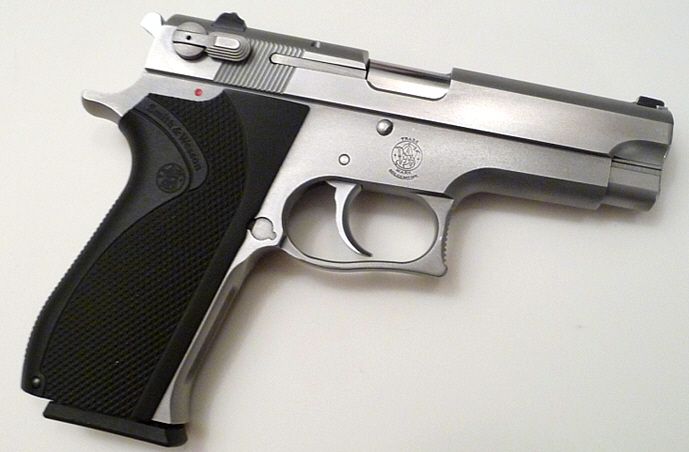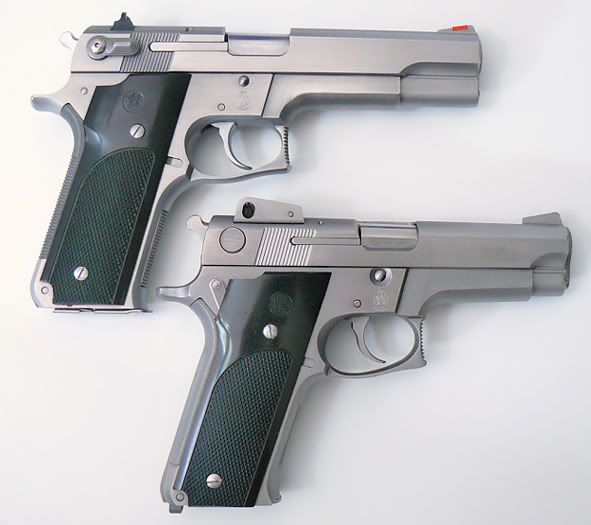There is a concept called "design for manufacturability".
Technologies develop.They get applied.
John Moses Browning was a genius at elegant firearms designs suitable for military use.(Think,"field stripping")
Technology of the day was largely forging.Part geometry was influenced by the strengths/weaknesses of forging.
We don't do so much of that today.Forge dies and facilities are not easily afforded.
And,back in those days,the gang drill and drill fixtures,the broach,and the horizontal mill ,and the shaper got a lot of work done.
Those machines are stone knives and bearskins now.You don't see them in a modern shop.
Yet if a part was designed to be made from a forging,or to be broached,or made on a shaper,
Modern machines can be tough to make the part with.
Look at a 1911 slidestop.Finishing a forging is one thing.But then,where is the market to justify the capital investment in tooling?
So do you start with a piece of 2 in bar stock,put it in a lathe,turn the .200 dia pin,and then part off a large disc with the .200 dia sticking out of it?Then mill the lever out of that? Or do you slice off a piece of angle iron and figure out how to machine it?
Look at a 1911 magazine catch,think through making one.
And we get PO'd when Kimber goes to MIM parts!!
The plastic guns can use easily machined ,geometric steel parts,inserted into the molds,then molded over.
I've made a lot of plastic injection molds.
For geometric shapes,and modest size molds,A lot can be done with a lathe,a Bridgeport,a surface grinder and a sinker EDM.
Add CAD-Cam designing,3 axis CNC,and wire edm, and you can get some sophisticated work done.Those will make a lot of molds.In handgun shapes
The thin walled,precision casting techniques in 7075 alloy have really made the AR type rifles producible.
And we moved away from spot welded sheet steel receivers.
Bolt rifles are designed around tubing,mostly,these days.
Except for Ruger's investment casting genius.
Each of these production technologies has driven a change in firearms design.
Its interesting experience,and an education to make some old firearm part from scratch.
A lot of 1911 hammer/sear/disconnect parts are wire EDM'd out of hardened S-7 or A-2...
Price a bar of S-7 flat ground 1/4 in thick,1 1/2 wide,and 18 in long.
Check into the shop rate per hour to hire wire edm work.
Then look at the plastic molded /brass inserted garden hose sprinkler nozzles at the hardware store for $12



